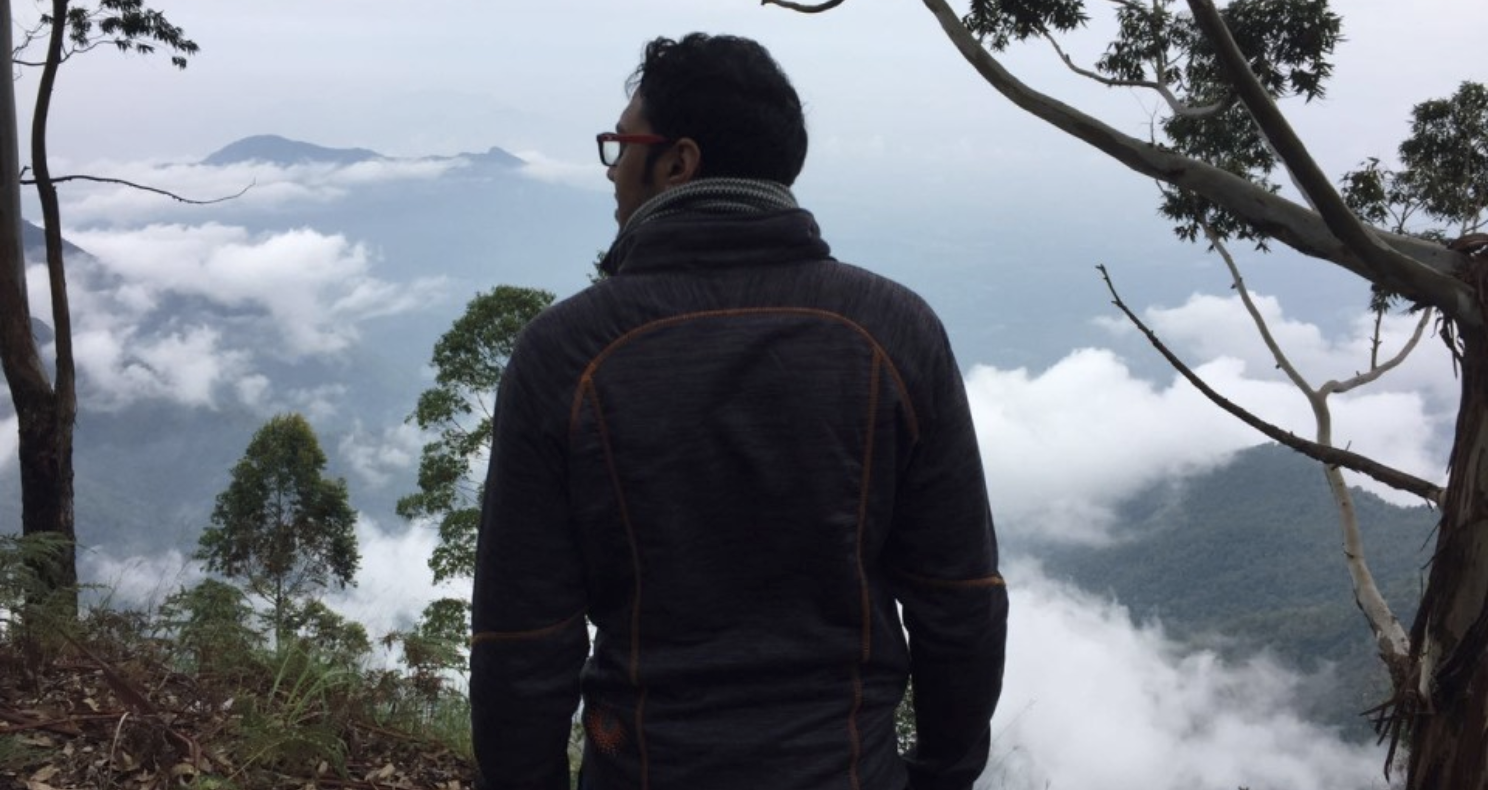Startup Bytes featuring UR Health Lab
By Ain Center Staff
Pre-pandemic, the Ain Center would host in-person lunches each month, convening faculty, staff and students to explore different topics in entrepreneurship. Because gathering on campus currently is a no-go, the Ain Center has created Startup Bytes – a digital brown bag lunch series open to students, faculty, staff, and anyone else who would like to join. Each month, a different speaker or group shares their entrepreneurial experience via Zoom, with time for Q&A with attendees. September 18 marked the first Startup Bytes event, featuring UR Health Lab.
The UR Health Lab exists at the intersection of data science and medicine, where clinicians and researchers work alongside data scientists, computer scientists and electrical and computer engineers. A collaboration between the UR Medical Center and the College of Arts, Sciences & Engineering, they devise breakthrough systems that incorporate the most advanced technological practices to develop precision medicine that improves the lives of patients. Co-Director Michael Hasselberg and Lead Data Scientist Jack Teitel joined us on September 18 to speak about their role in the current public health crisis.
As a digital health incubator, the UR Health Lab team is used to testing various solutions to issues in the medical industry. In pre-pandemic times, leaders at URMC would identify a gap in the healthcare system that could be solved with technology. Once identified, the individual or department would be referred to the Health Lab and, if selected, interdisciplinary teams would tackle the problem using a powerful combination of medical expertise and data prowess. The overarching goal of their work is often to connect the ends of the value chain, according to Michael, directly linking clinicians and caregivers to patients. While this usually involves the calculated use of technology and plenty of iteration, the pandemic provided a new challenge of responding quickly while still producing the high-quality solution that is characteristic of the Health Lab’s work.
When the situation became dire in March, URMC wanted to provide a way for concerned employees to talk with experienced healthcare providers, both to provide guidance on testing and to assuage concerns for the “worried well” (people not experiencing symptoms but concerned about their wellbeing). The first measure enacted was a call hotline – Med Center employees could call in, report symptoms, and speak with a health professional if needed. Though effective, the hotline was quickly overwhelmed and so UR Health Lab was tapped to create a tech-based solution that could handle more users and still collect the same information. Just a few days later came Dr. Chatbot, a tool that would ask questions about symptoms and travel, while providing healthcare professionals with a way to follow up if needed. Over 7,000 individuals used Dr. Chatbot within the first week and call volume dropped by 50%, relieving the pressure on clinicians running the phones.
Once the tech had been created and adapted to fit the needs of the institution (including the broader University of Rochester community), UR Health Lab worked with Rochester Regional Health, Monroe County, the City of Rochester, and Common Ground Health to increase their reach and track COVID data throughout the greater Rochester area with ROC Covid-19. Over 52,000 individuals have since signed up to share their symptoms (or lack thereof), allowing data scientists and healthcare professionals to track the virus’s spread in our region. UR Health Lab also made the software code available to other entities as open source software, enabling tracking in other areas or by other employers.
Within their story are threads of collaboration, scalability, and, of course, entrepreneurial thinking. The agility of both the tech and the team behind it enabled a local solution to create reliable datasets and, ergo, the evidence for public health leaders to make informed decisions for the area. Further, acclaim for ROC Covid-19 has come from throughout the region and the nation: UR Health Lab has since been asked to work with the prestigious XPrize Foundation leadership to find unconventional solutions to pandemic threats.
Though there was an all-hands-on-deck urgency for their pandemic response, UR Health Lab also has other ongoing projects and goals. In addition to their specific projects, the Health Lab provides training for providers, works with students (largely from the U of R and RIT), and spreads the word about the benefits of connecting medicine and data science.
Individuals who are prepared to think creatively and bring those ideas to fruition are called to action in times of crisis, especially when they can synthesize skillsets and utilize the talents of their team. We’d like to again offer our thanks to Michael and Jack for exemplifying how to effectively tackle a pressing problem, and for sharing the impressive and innovative work of UR Health Lab.
Though shared above, the full recording of the September 16 event can also be found on our Vimeo page. Be sure to tune in on October 16 for the next edition of Startup Bytes, which will feature a discussion with the community organizers of the Roc the Business of Art program. If you have any questions, contact AinCFE@rochester.edu.
















